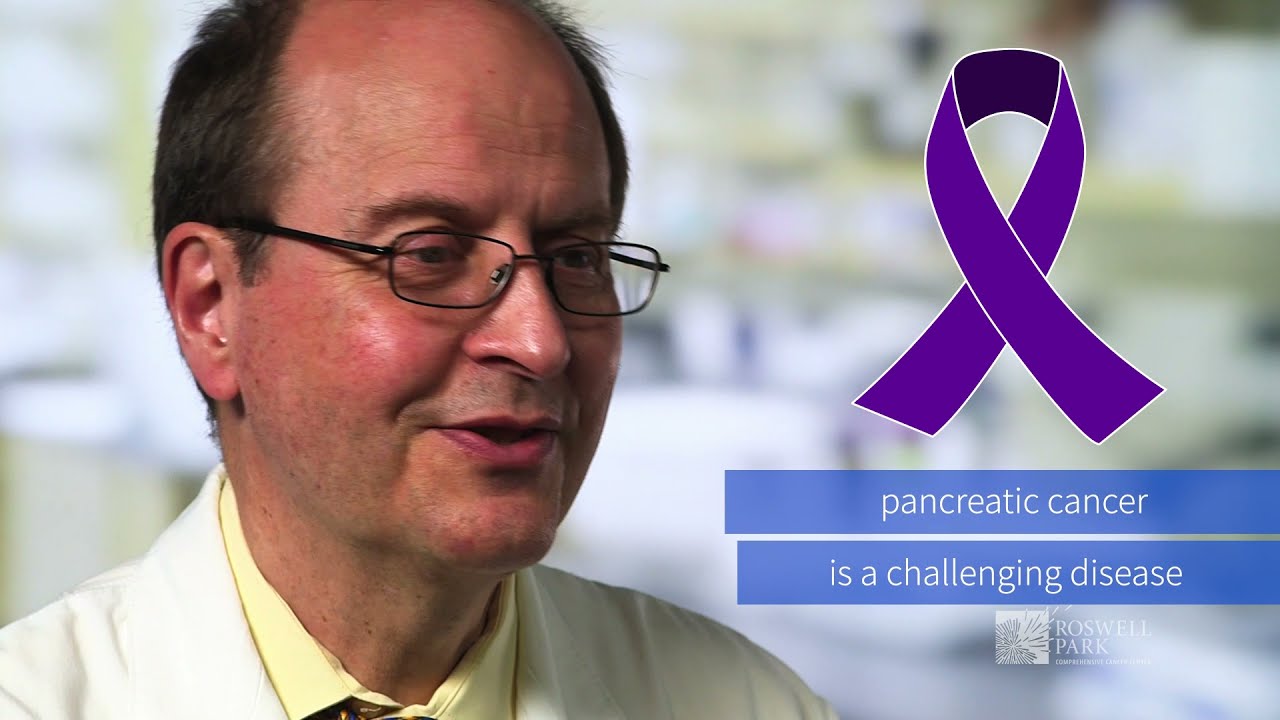Pancreatic Cancer Incidence and Survival Rates By Stage of Pancreatic Cancer
On This Page: Pancreatic Cancer Statistics For 2022
Jump To Section
- Introduction To Pancreatic Cancer Stats For 2022
- 5-Year Average Survival Rates Has Increased To 11.5%
- 5-Year Relative Survival Rates By Pancreatic Cancer Stage At Diagnosis
- Number of New Pancreatic Cancer Case At Certain Age Groups
- Number of Pancreatic Cancer Deaths By Age Group
- New Estimated Cases and Death Rates in 2022 versus Other Cancers
2022 Pancreatic Cancer Statistics and Survival Rates
Contributing Writer: Tony Subia
May 2022
Introduction: To Year 2022 Pancreatic Cancer Stats
It’s important to note that the following pancreatic cancer stats represent a relative average of survival and death rates. Each pancreatic cancer patient is uniquely different and what treatment options perform best for each patient and respective responses and results will vary per patient depending upon many factors.
The earlier pancreatic cancer is diagnosed, the better the prognosis. Unfortunately, pancreatic cancer usually shows few impressive signs and symptoms, if any at all until the cancer has already advanced to later stages beyond the pancreas when surgical removal of the cancerous tumor is no longer possible. It becomes more progressively more difficult to treat which leads to greater mortality rates.
The following statistics mostly refer to Pancreatic Adenocarcinoma Cancer, the most deadly type of pancreatic cancer that occurs in the exocrine function of the pancreas which produces digestive enzymes. It accounts for over 90% of all pancreas cancers and is very aggressive, difficult to treat and accounts for the greatest mortality rate.
Pancreatic Neuroendocrine cancer occurs in the endocrine function of the pancreas which produces hormones including insulin which regulate healthy levels of blood sugar (glucose) in the bloodstream. Neuroendocrine Pancreatic Cancer is less aggressive versus Adenocarcinoma and is easier to treat with a better mortality prognosis. It typically strikes at a younger median age versus pancreatic adenocarcinoma which is usually diagnosed at older ages.
5-Year Average Survival Has Increased To 11.5% in 2022
The 5-Year Survival Rate across all stages of Pancreatic Cancer has increased to 11.5% based on data from 2012-2018 versus the previous 10%. The National Cancer Institute’s projected new cases in the US for 2022 is 62,210 and its projected number of annual deaths is 49,830.
The 1.5% increase in 5-year relative survival rate would represent that 747 more loved-ones would survive at least 5 more years after their original diagnosis of pancreatic cancer. Although incidence rates are increasing, the increase of 1.5% in the projected 5-year relative survival rate shows that new innovative treatments are being discovered at a more rapid pace.
However, pancreatic cancer still has the lowest rate of early detection and remains the most difficult cancer to treat versus all other major types of cancer. Despite the 5.5% improvement of relative 5-year survival rate compared to a decade ago, pancreatic cancer has become the 3rd leading cause of cancer deaths trailing only lung and colorectal cancers.
Percent of 2022 Annual Cases At Stages
of Pancreatic Cancer When Diagnosed
5-Year+ Survival Rate By Stage At Which Pancreatic Cancer is Diagnosed
The following facts show how crucial it is to detect pancreatic cancer as early as possible when it is most treatable. There
remains no easy method of early detection of pancreatic cancer. You must be very vigilant of the signs and symptoms of pancreatic cancer which are generally vague if at all until the cancer has spread beyond the pancreas. It is extremely important to know the risk factors of pancreatic cancer and to live a healthy lifestyle.
As demonstrated by the following, the 5-Year+ Survival Rate is over 14 Times Greater when the cancer is still confined to the pancreas and has not spread to distant organs such as the lungs of kidneys. (43.9% versus 3.1%)
5-Year+ Relative Survival Rate By Stage
of When Pancreatic Cancer is Diagnosed
Percentage of New Cases of Pancreatic
Cancer At Specific Age Groups
Cancer At Specific Age Groups
At Specific Age Groups
2022 Comparison of New Estimated
Cases and Deaths VS Other Cancers
Pancreatic Cancer Ranks Tenth in Year 2022 Projected New Cases At 62,210 New Cases.
Pancreatic Cancer Ranks Third in Year 2022 Projected Number of Deaths With 49,830 Deaths.
| Common Types of Cancer | Estimated New Cases 2022 | Estimated Deaths 2022 |
| 1. Breast Cancer (Female) | 287,850 | 43,250 |
| 2. Prostate Cancer | 268,490 | 34,500 |
| 3. Lung and Bronchus Cancer | 236,740 | 130,180 |
| 4. Colorectal Cancer | 151,030 | 52,580 |
| 5. Melanoma of the Skin | 99,780 | 7,650 |
| 6. Bladder Cancer | 81,180 | 17,100 |
| 7. Non-Hodgkin Lymphoma | 80,470 | 20,250 |
| 8. Kidney and Renal Pelvis Cancer | 79,000 | 13,920 |
| 9. Uterine Cancer | 65,950 | 12,550 |
| 10. Pancreatic Cancer | 62,210 | 49,830 |
Sources of Pancreatic Cancer Stats
National Cancer Institute
American Cancer Society
Johns Hopkins Medicine


